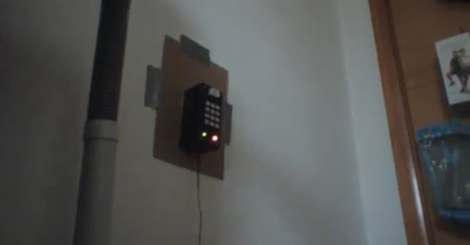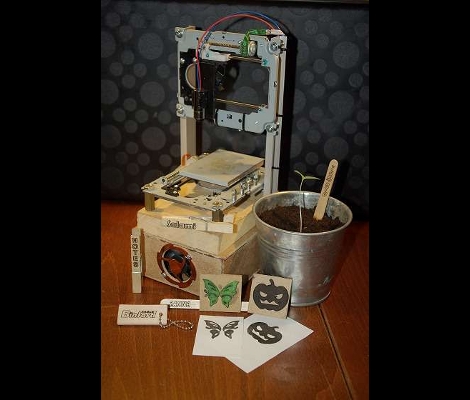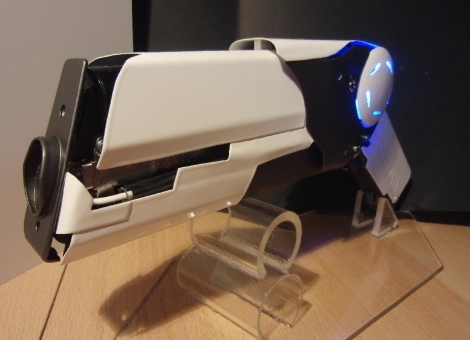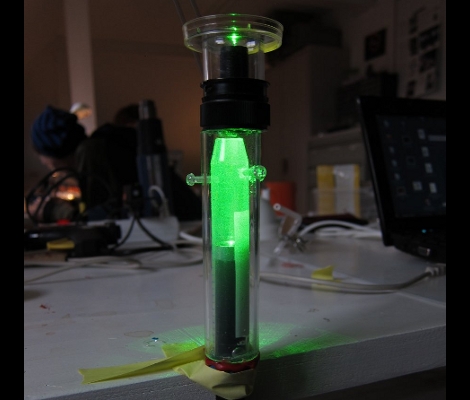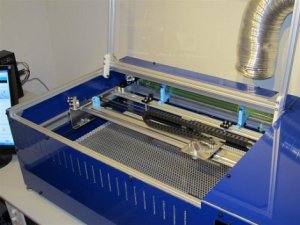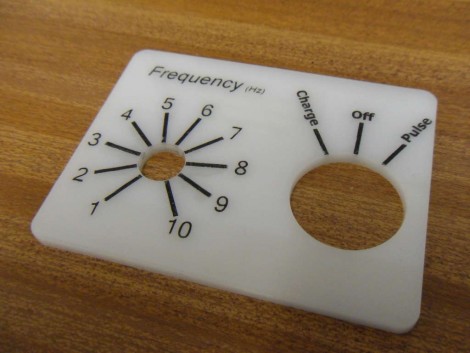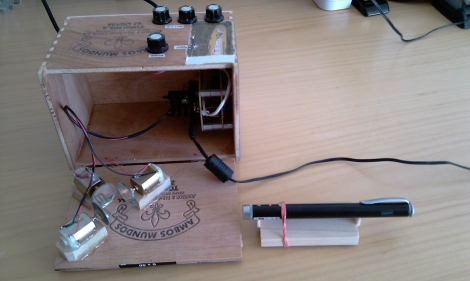
[Pete] had some spare time on his hands over his spring break, and he was itching to build something. He settled on a laser light show since, after all it was spring break, and what says “Party” better than a laser light show?
He glued three hobby mirrors to three small motors, mounting the motor assemblies on the lid of a wooden cigar box he bought for next to nothing. When the laser is pointed at the mirrors, they reflect the beam off one another, and finally against a projection surface, creating interesting shapes and motion. He programmed an Atmega328 to control the laser light show when in automatic mode, and added 4 pots to control the mirrors’ spin rate when set in manual mode.
The visuals are pretty cool, as you can see in the videos below. We love the laser light show concept, and [Pete] definitely gets extra points for his cigar-box casing as well.

